Hermes: A Tapestry of Luxury, Craftsmanship, and Mind Games

Hermes is a brand that screams luxury and exclusivity, and it often causes heated discussions among fashion lovers. People either love it or hate it, especially when they see the sky-high prices of famous items like the Birkin and Kelly bags. The idea of a leather bag costing more than $100,000 makes people stop and think—is it just a crazy splurge or a sign of top-notch quality?
DISCLAIMER: This is an UNSPONSORED review. I purchased all of these products myself and am not affiliated with the brand mentioned in any way. All statements and expressions made about the products are solely the opinion of Tanner Leatherstein and are not meant to be conclusive or definitive. The purpose of this video is for informational and educational purposes only. We recommend that as a consumer, you exercise your due diligence and research on the products before adopting the opinion of Tanner Leatherstein.
The Historical Odyssey of Hermes
In 1837, Master Craftsman Thierry Hermes laid the foundation for a global icon in a humble French leather workshop. Hermes quickly became synonymous with perfection, evolving beyond harnesses to encompass garments, jewelry, and watches. Today, valued at $218 billion, the brand's diverse clientele, ranging from celebrities to discerning individuals, attests to its enduring allure.
Central to Hermes' success is its commitment to blending tradition with contemporary aesthetics. The brand's core values—craftsmanship, freedom abundance of creation, and constant capacity for innovation, foster an environment that nurtures artisan talents. From the iconic Birkin and Kelly bags to vibrant silk scarves and meticulously crafted timepieces, each creation tells a story of passion, artistry, and timeless elegance.
As Hermes stands firm in creating enduring pieces that challenge the disposable culture of the fashion industry, it exemplifies the power of passion, innovation, and a relentless commitment to excellence. The brand's legacy transcends labels, becoming a celebration of artistry, heritage, and the enduring pursuit of dreams—an emblem of enduring elegance that continues to shape the landscape of luxury fashion.
The Enigma of Exclusivity
Hermes' global strategy of gatekeeping, realized through its extensive network of over 300 stores, serves as a double-edged sword. While undeniably accentuating the exclusivity of its exquisite offerings, this intentional approach raises questions regarding accessibility. The deliberate act of "shoo-ing" potential customers creates an air of mystery, strategically reinforcing the brand's identity as a symbol of luxury. Positioned as physical manifestations of this gatekeeping strategy, Hermes stores become portals to an exclusive world, emphasizing the rarity and artistry encapsulated in their products.
The emphasis on exclusivity, central to Hermes' brand identity, prompts scrutiny about the potential alienation of a broader audience. The intentional barriers set by the brand may be perceived as limiting accessibility and fostering a sense of exclusivity that could deter potential customers. However, this exclusivity also plays a crucial role in fueling desire and aspiration among consumers, making Hermes products highly coveted and sought after.
Hermes' gatekeeping strategy is a dynamic facet of its identity, navigating the delicate balance between exclusivity and accessibility. The intentional creation of a select clientele contributes to the brand's enduring mystique, establishing it as a symbol of luxury that remains exclusive yet desired by many.
Dissecting the Constance Belt
The construction of a Hermès belt reveals the brand's dedication to quality and craftsmanship. The belt is composed of three layers of leather, expertly machine-stitched together. The top layer is Togo leather, renowned for its balance between natural beauty and practicality. A layer of Chamonix leather, a heavier finish leather without dyeing through, graces the other side. Sandwiched between these two is another layer of Chamonix leather, likely added to enhance thickness and prevent stretching.
Despite the high-quality materials used, the manufacturing cost of the belt itself is estimated at $40. This includes about $20 worth of leather and another $20 for stitching the belt together in France. However, the retail price of the belt is $550, marking a premium of 13 times the production cost. While this might seem high, it's actually on the lower end compared to other luxury brands, which often have markups of 20 times or more.
The buckle, another integral part of the belt, is estimated to cost between $30 - $35 to produce. It retails at $440, showing a similar markup to the belt itself. This consistency suggests a strategic pricing strategy across the product range.
Navigating Personal Preferences and Alternatives
Navigating the intricate landscape of luxury entails a delicate dance between personal taste and an appreciation for the craftsmanship that defines iconic brands like Hermes. Acknowledging the undeniable allure of Hermes, particularly in its commitment to impeccable craftsmanship, there remains a subjective element when it comes to design preferences. One such design that invites scrutiny is the iconic Birkin, a symbol of luxury that sparks both admiration and, in some cases, criticism for its unique aesthetic.
Although I love the meticulous craftsman approach and great taste for leathers Hermes shows us, I'm not a huge fan of some of their designs. However, the beauty of the luxury market lies in its diversity, allowing consumers to explore alternatives that align more closely with their personal preferences. For those who appreciate high-quality items but are not enthralled by the intricate mind games and inflated prices associated with certain luxury brands, a burgeoning community of independent artisans beckons. Visionaries such as Lili at Mila Jito, Peter Nitz, and Chester Mox represent a wave of creators who offer not only comparable craftsmanship but also a more personalized touch.
These independent artisans, often crafting bespoke pieces, provide a compelling choice for discerning consumers who value authenticity and a deeper connection to the products they acquire. In the realm of personalized luxury, where the story behind the creation is as significant as the end product, these artisans stand as a testament to the evolving landscape of craftsmanship. As the market expands to accommodate a range of tastes and values, the exploration of alternatives becomes a journey of discovery, where individuality and authenticity take center stage.
Conclusion
In the labyrinth of Hermes, where opinions diverge and preferences vary, the brand's legacy, craftsmanship, and strategic maneuvers in the luxury market continue to be a subject of fascination. Whether one views Hermes as a beacon of status or a masterful manipulator of desire, the brand's creations persist in captivating and challenging the landscape of luxury fashion. As the debate rages on, the enigma of Hermes remains an intricate mosaic, weaving together history, craftsmanship, and the elusive pursuit of exclusivity.
References
An entrepreneurial spirit https://www.hermes.com/us/en/content/271229-an-entrepreneurial-spirit/
Hermès, Worth $218 Billion, Is Now the World’s Second-Most Valuable Luxury Brand- https://robbreport.com/lifestyle/news/hermes-market-value-1234828579/





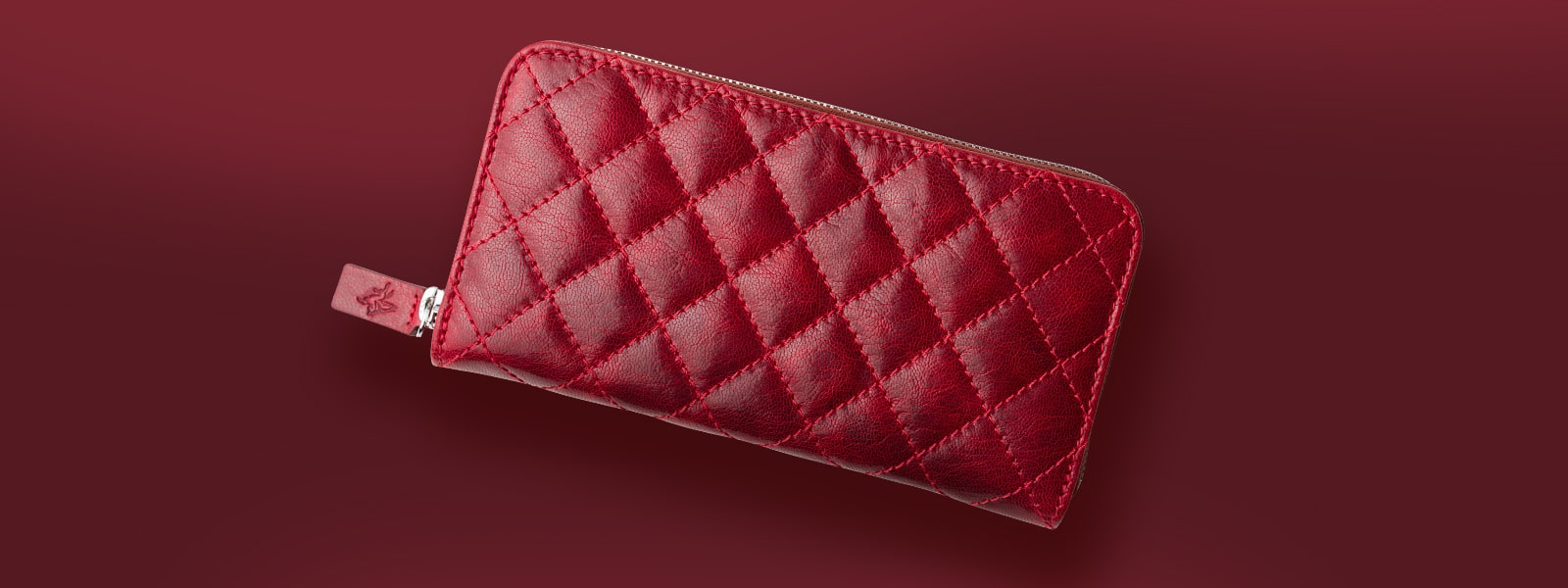
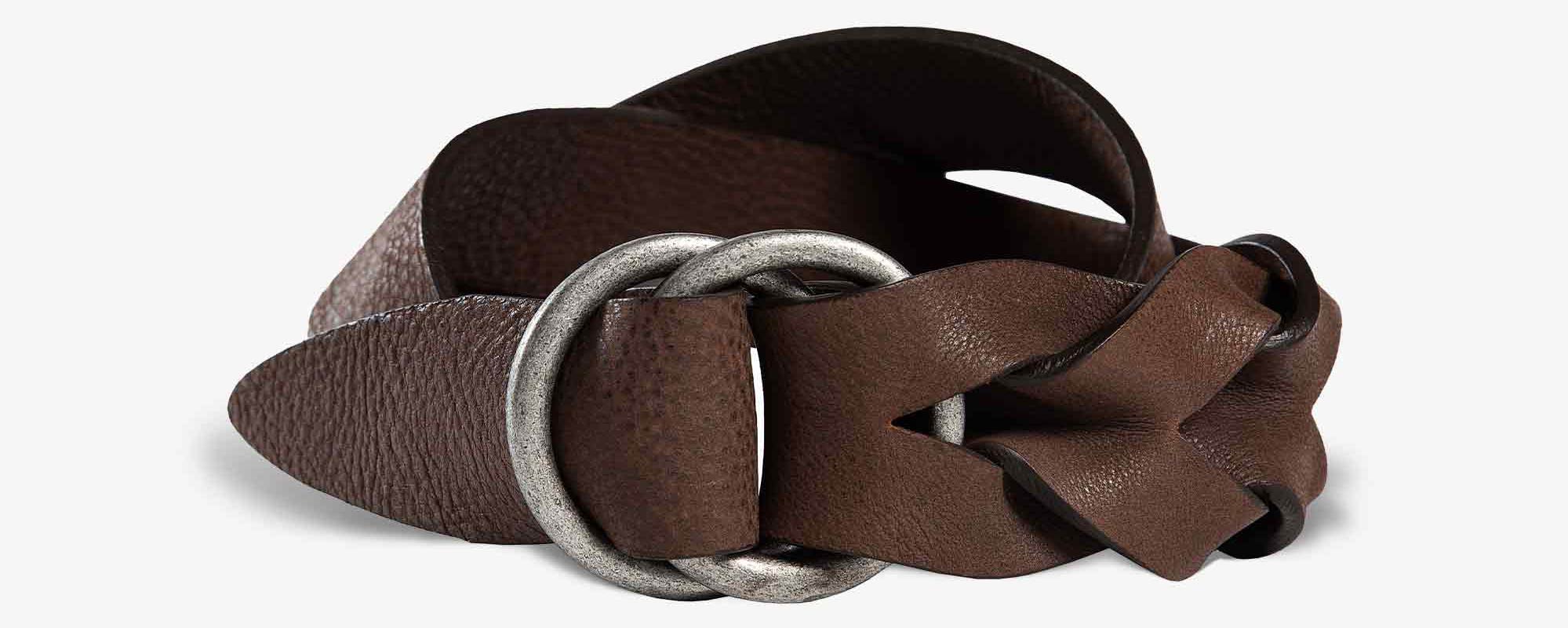

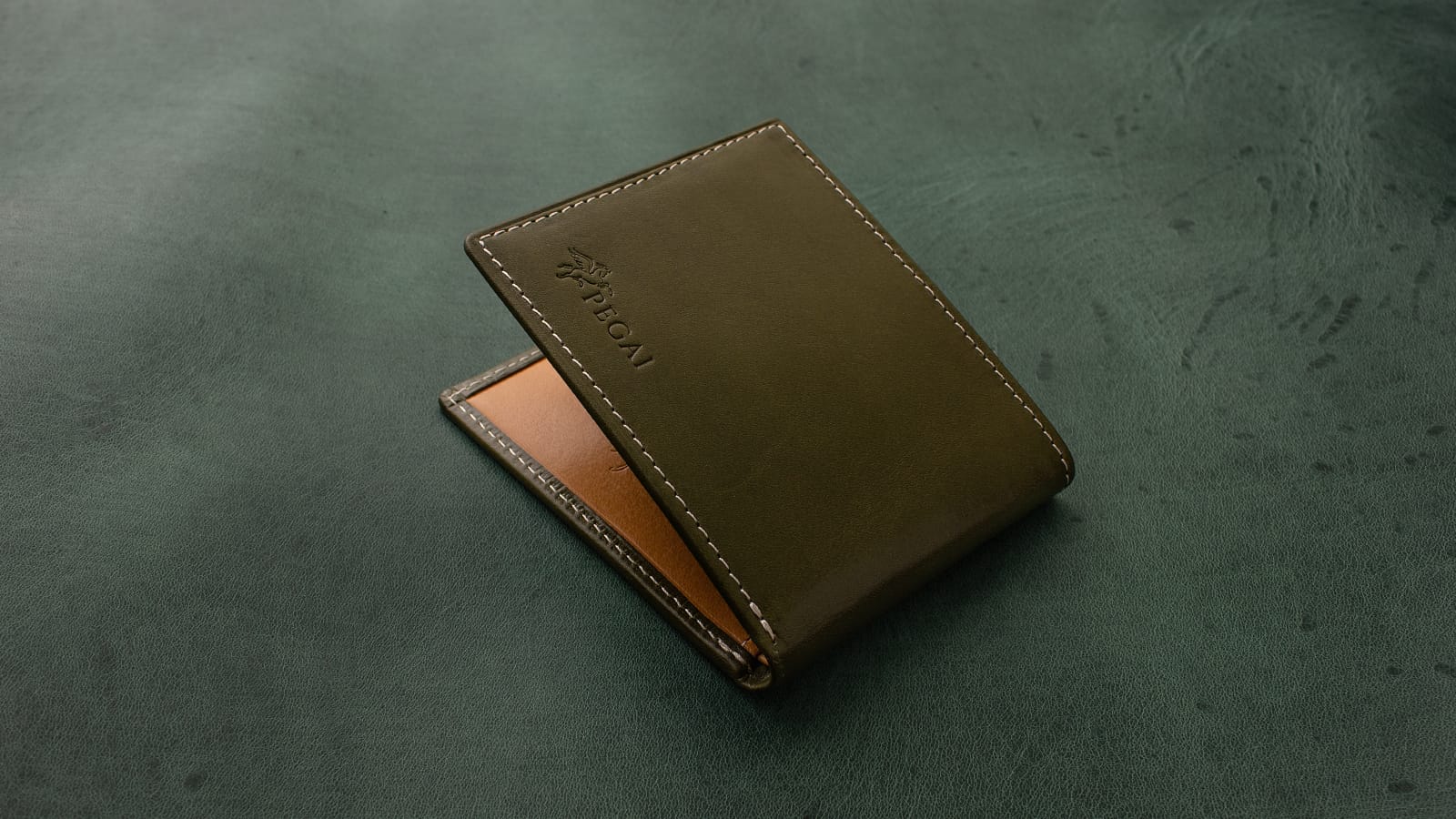





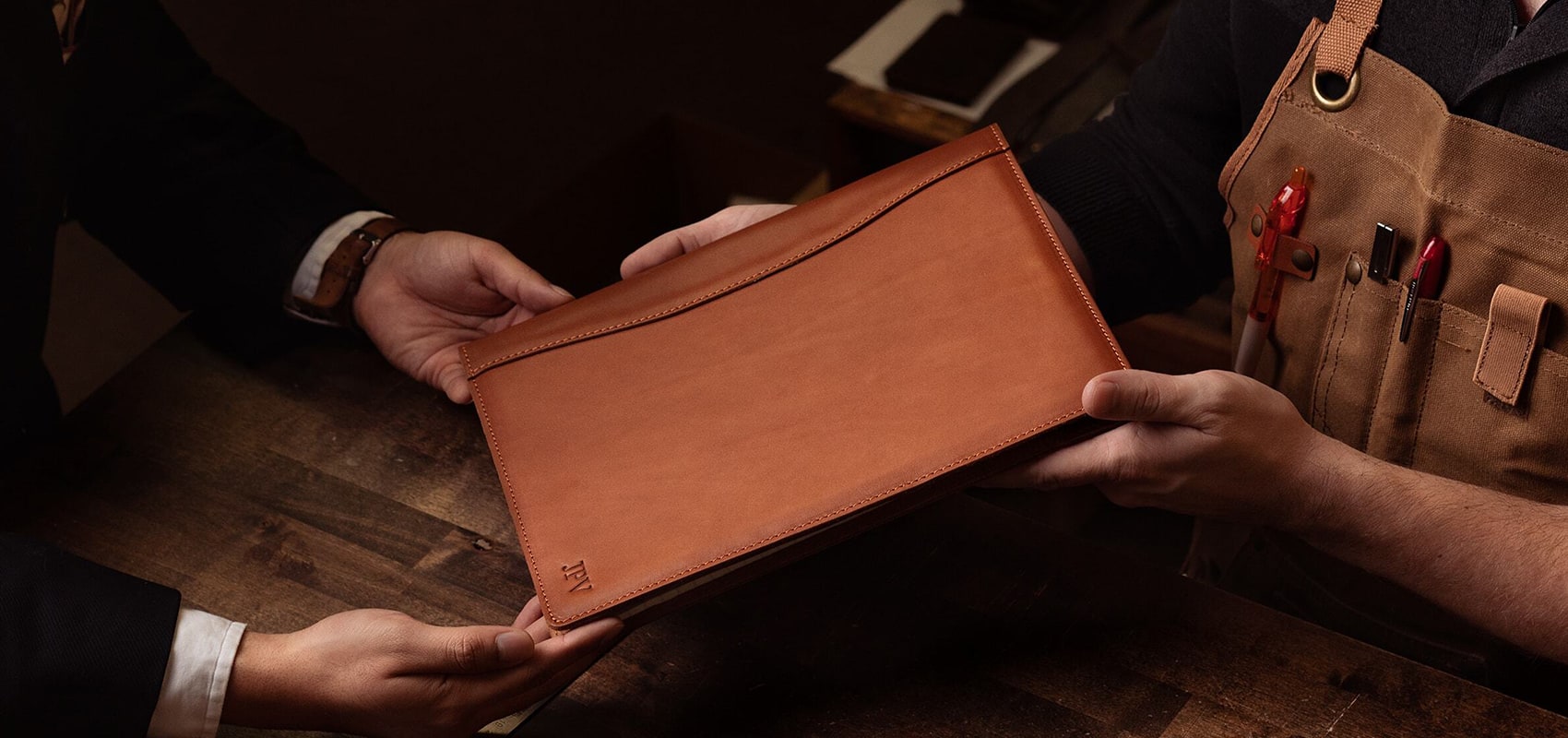

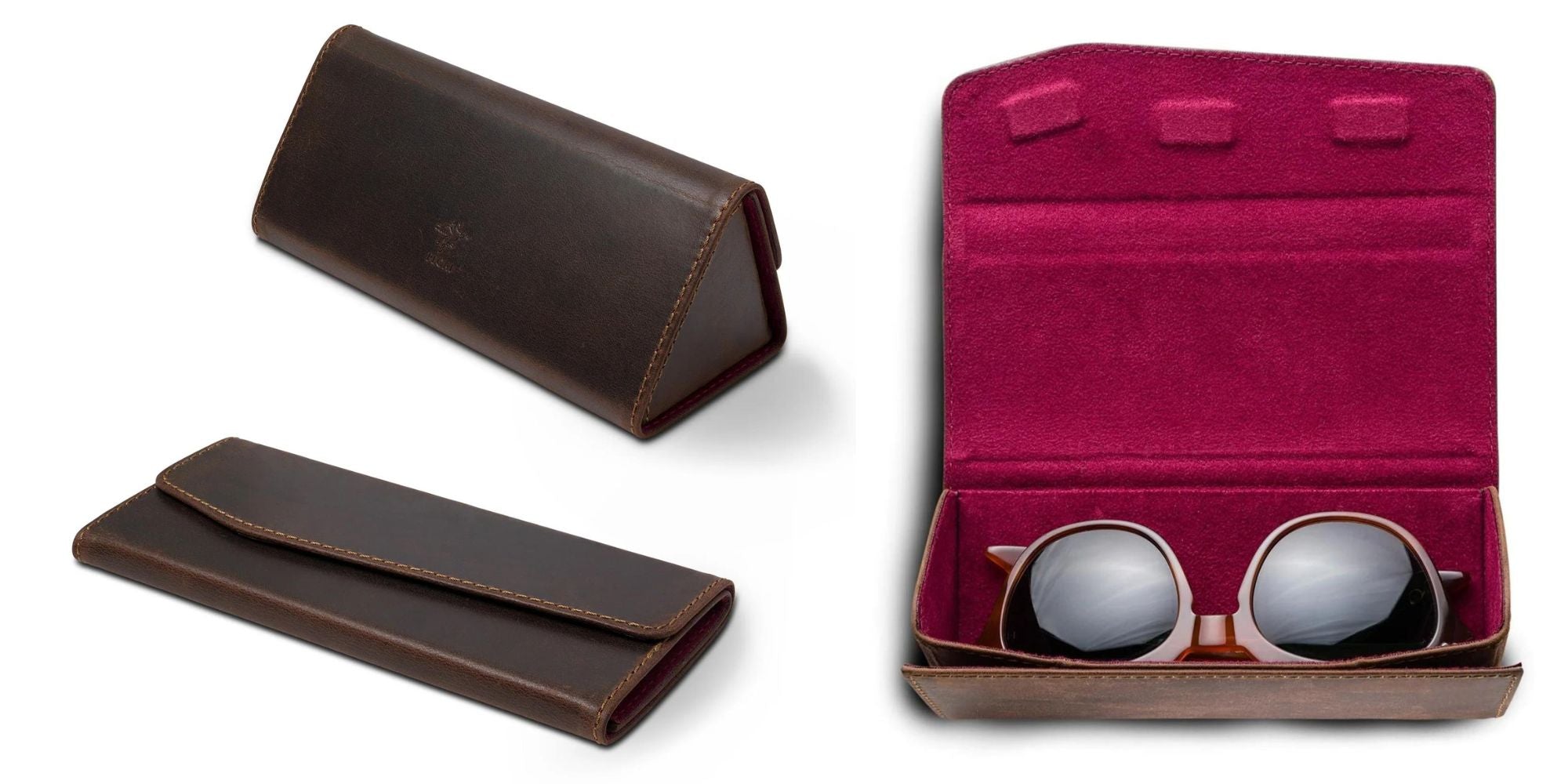



Leave a comment